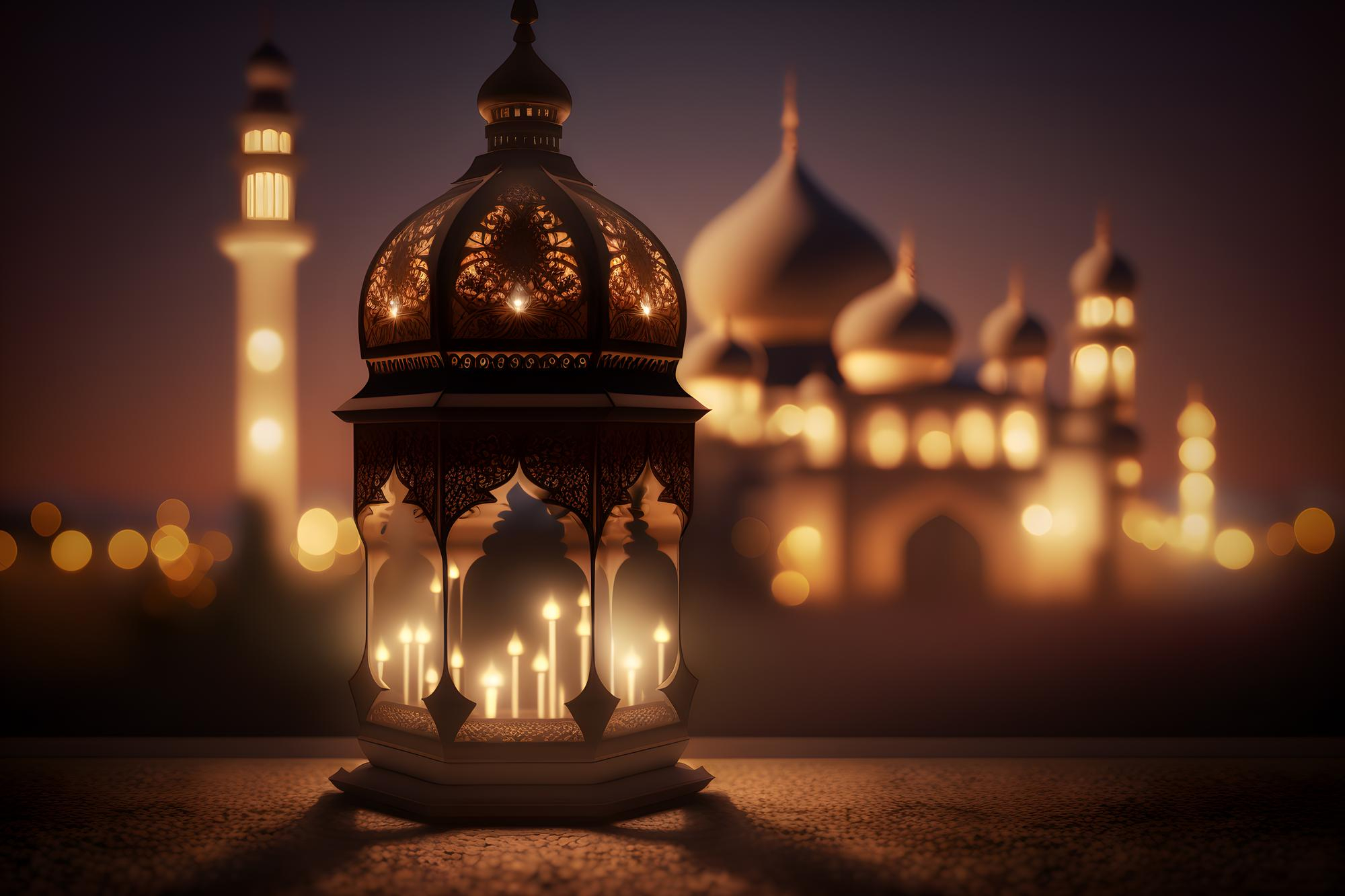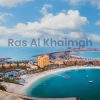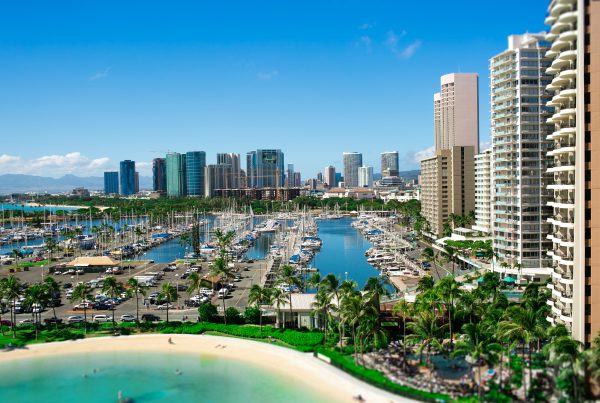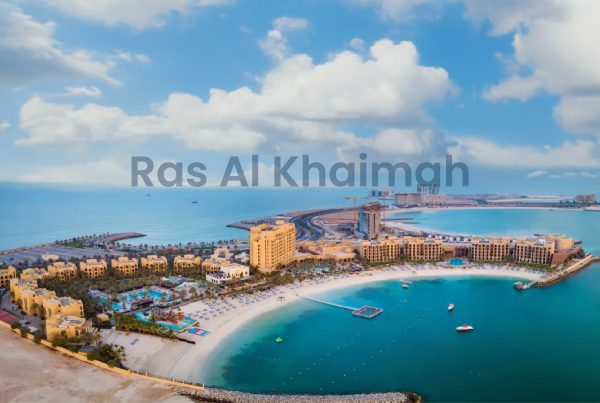While Eid ul-Adha is commonly referred to as “the big Eid,” it is essentially one of the most significant Islamic feasts. It praises the fortitude of Prophet Ibrahim (Abraham) to offer his son Isma’il (Ishmael) as a sacrifice in worship of God. Specified prayers, animal sacrifices, and group gatherings that encourage harmony and altruism are all part of this festivity. To understand the significance, traditions, and global celebrations of Eid ul-Adha 2024, let’s explore its numerous facets.
The Historical Context and Significance of Eid ul-Adha
Historical Background
Translating as the “Festival of Sacrifice,” Eid ul-Adha is based on a significant historical event emphasizing dedication, obedience, and faith themes. Islamic belief holds that God gave Prophet Ibrahim the order to sacrifice his son, Isma’il. With steadfast trust, Ibrahim got ready to carry out this heavenly directive. But at the last minute, God stepped in and provided a ram in its place. Eid ul-Adha is an occasion to celebrate this tale, which represents total surrender to God’s will.
Link to the Hajj
The conclusion of the Hajj, the yearly Islamic journey to Mecca, is also observed on Eid ul-Adha. One of the five pillars of Islam, the Hajj, is a mandatory pilgrimage that every Muslim who is financially and physically capable of doing so must perform at least once in their lives. The pilgrimage, that follows the footsteps of Prophet Ibrahim and his family, places a strong emphasis on the concepts of equality, sacrifice, and Muslim solidarity worldwide.
When is the Eid ul-Adha 2024?
Due to its reliance on the Islamic lunar calendar, Eid ul-Adha’s date fluctuates yearly. In the Islamic calendar, it occurs on the tenth day of Dhu al-Hijjah, the twelfth month. Eid ul-Adha 2024 is expected to take place on June 16th, 2024, once the new moon is spotted. Usually lasting four days, the celebration is packed with social and religious events.
Eid Prayer: An Intimate Convocation
The Eid Day Prayer, or Salat al-Eid, is one of the most important parts of Eid ul-Adha. Two rakats, or units, make up this congregational prayer, which is offered in mosques or public areas. Additional Takbirs, or affirmations of Allah’s glory, are offered during the prayer. Muslims get to gather together for worship on Eid Day, strengthening their ties to God and promoting a sense of community.
How to Prepare for and lead the Eid Day Prayer:
- Body: Purify your entire body through the Ghusl ritual (bathing) before entering the prayer.
- Dress: Show off your finest outfits to show respect and joy.
- Takbirs: With several Takbirs, start the prayer by declaring “Allahu Akbar” (God is the Greatest).
- Rakats: Complete the two rakats in each unit, adding Takbirs as needed.
- Sermon: Following the prayer, pay attention to the Imam’s sermon, or Khutbah.
Customs and Holidays
The various traditions that celebrate Eid ul-Adha reflect its religious and historical significance. Muslims everywhere observe these rites with intense reverence and zeal.
Offering Sacrifice (Qurbani)
The sacrifice known as Qurbani is the focal point of the Eid ul-Adha rite. This gesture honors Prophet Ibrahim’s preparedness to offer his son as a sacrifice and represents Muslims’ readiness to surrender to the will of God. Usually, sheep, goats, cows, or camels are sacrificed.
There are three sections to the sacrificed meat:
- A third to the household.
- A third goes to friends and family.
- One-third goes to the underprivileged.
By ensuring that the blessings of Eid are distributed to those in need, this distribution encourages charitable giving.
Generosity and Charities
Eid ul-Adha is really about charity. Giving liberally to the less fortunate is encouraged among Muslims, which emphasizes the value of compassion and social responsibility. During Eid ul-Adha, charitable deeds could include:
- Giving money to philanthropic institutions.
- Supplying those in need with food and clothing.
- Extending financial support to enable others to carry out Qurbani.
Worldwide Eid Festivities
Globally, people celebrate Eid ul-Adha with immense zeal that cuts over barriers of culture and geography. Let’s examine the various ways that other areas and societies celebrate this happy occasion.
Holidays in Nations with a Majority of Muslims
Eid ul-Adha is a national festival in nations with sizable Muslim populations, like Saudi Arabia, Pakistan, Indonesia, and Egypt. The festivities are distinguished by:
- Grand Prayers: Large congregational prayers take place in mosques and public spaces.
- Decorations: Streets and residences decked out in lights and decorations create a festive atmosphere.
- Communal Feasts: Traditional meals are shared, and families and friends share sacrificial meat.
- Public Events: Art exhibits, fairs, and neighborhood get-togethers.
Western Eid Celebrations
While it might not be a public holiday for Eid Celebrations, Muslims celebrate Eid ul-Adha with equal fervor in Western nations. The celebrations frequently consist of:
- Prayers: Eid prayers are held at community centers and mosques.
- Social Gatherings: Meals and festivities are shared by families and friends.
- Charity Drives: Islamic centers host these events to aid the community.
- Cultural Events: Exhibitions of Islamic customs and culture at festivals and fairs.
Customary Eid ul-Adha Foods
Eid ul-Adha celebrations revolve around food, with various traditional meals being made and shared. The food frequently reflects the diversity of Muslim culture, with each location providing its own unique tastes and gastronomic delights.
Popular Recipes
- Fattah: A popular dish in Egypt made of rice, lamb, and pita bread with a tangy tomato and garlic sauce on top.
- Lamb Shuwa: A popular dish in Oman, slow-cooked lamb marinated in spices is served with rice.
- Biryani: South Asians love biryani, a fragrant rice dish cooked with meat, spices, and herbs.
- Kebabs: A popular dish in Middle Eastern cooking, kebabs are grilled meat skewers seasoned with different spices.
Confectionery Items
A celebration of Eid is never complete without indulging in delectable confections. Among the well-liked sweets are:
- Qatayef: A popular dessert in the Middle East, these pancake-like pastries are filled with sweet cheese or almonds.
- Kunafa: A traditional Arab delicacy, it is a pastry drenched in syrup and filled with cheese or cream.
- Asabe Zainab: A popular Omani pastry that is deep-fried and syrup-drenched.
Get ready for the 2024 Eid ul-Adha
Muslims everywhere make a variety of preparations as Eid ul-Adha draws near in order to guarantee a happy and meaningful celebration.
Spiritual Readiness
- Fasting: Some Muslims observe fasts on the days preceding Eid ul-Adha, especially on the Day of Arafat.
- Dhikr and Dua: More prayer and remembering of God.
Proper Planning
- Cleaning and Decorating: Lights, banners, and flowers are used to decorate and clean homes.
- New Clothes: In preparation for Eid, families buy new outfits.
- Buying the Sacrifice: Plans are made to acquire the animal that will be sacrificed.
Practical Adjustments
Some ancient customs have been updated to fit modern lifestyles, but the spirit of Eid ul-Adha has not changed.
Digital Contributions
Nowadays, a lot of Muslims donate their Qurbani online, helping international humanitarian groups that provide meat to underprivileged areas.
Online Festivities
Owing to geographical distances and the worldwide epidemic, several family and friends celebrate Eid online and through video chats.
Wrapping Up
Eid ul-Adha is a celebration that aptly embodies the Islamic principles of faith, sacrifice, almsgiving, and community. It is a potent reminder of the significance of following God’s will and having empathy for other people.
Let’s adopt these principles and celebrate Eid ul-Adha 2024 with a fresh sense of commitment and purpose. Muslims all around the world are brought together by the spirit of Eid ul-Adha to express their joy and faith, whether through customary practices or contemporary modifications.










